There are conflicting claims regarding the birthplace of the great Rishi Vedvyas. One school of thought says that he belonged to Vedvyas, Sundergarh, Odisha. Sreemati recounts the lore about the Rishi in this exclusive report to Different Truths.
Harihara Panda chose the perfect day to leave for heavenly abode. It was Mahashivratri. He had also chosen the destination for his last rites, Vedvyas, the holiest of all cremation grounds. But, his sons were not happy complying with their dead father’s wishes. On Mahashivratri, all four-wheelers are restricted to enter Vedvyas. The sons cursed their luck as they trudged miles carrying huge blocks of wood on their shoulders.
Our school text books taught us that the great Rishi (Sage) Vyasa wrote the Mahabharata. But, there was no mention of the place where he was born. There are conflicting theories regarding his place of birth. While some point out Dumauli, Nepal, few stick to Vedvyas, Sundergarh, Odisha. The lore about the Rishi is interesting.
Just 15km away from Rourkela railway station, on the banks of the River Brahmani, lays the holy site of Vedvyas. Brahmani River emerges from the confluence of the three rivers, Sankha, Koel and Saraswati. People believe that the great Sage Vyas Dev was born here.
There are many schools of thoughts regarding the history of this place. Some believe that it was here that King Shantanu, the ancestor of the Kauravas and the Pandavas, fell in love with the fisherman’s daughter Satyabati and led to the story of Mahabharata.
Another school of thought chooses to believe that the great sage Vyasa had his hermitage on the banks of the river.
Few, adhere to the belief that many years ago, a Rishi called Parashar lived here. He had his Ashram on the banks of the river. It was Rishi Parashar who fell in love with a boatman’s daughter and married her. Their union gave birth to Vyas Dev. Vyas Dev was born in a cave. True to the popular belief, the ruins of the cave on a hill top are still visible.
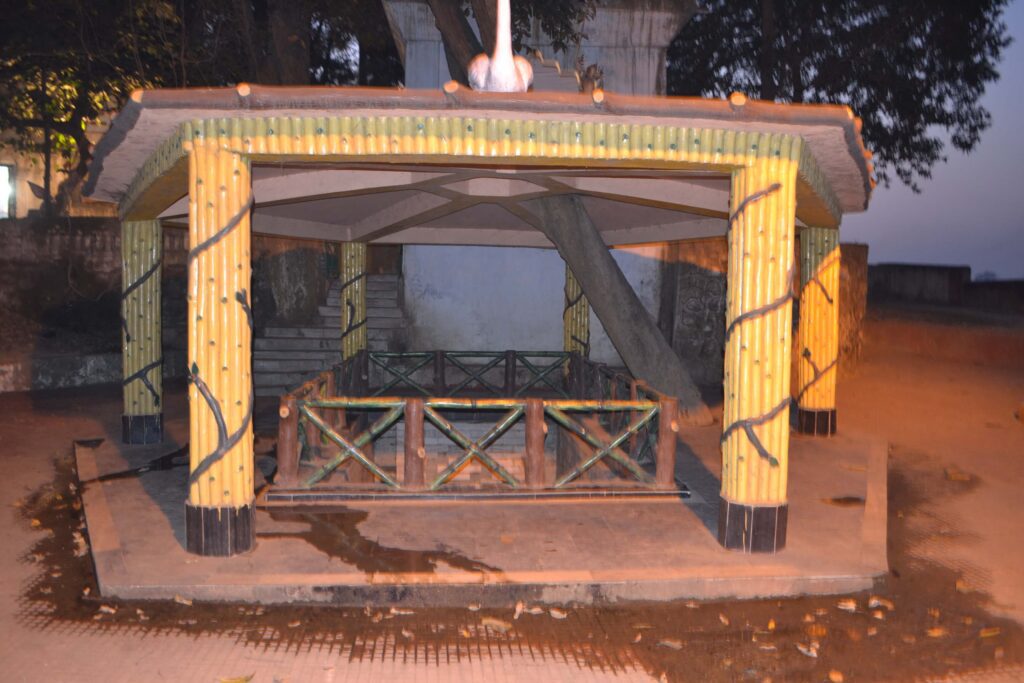
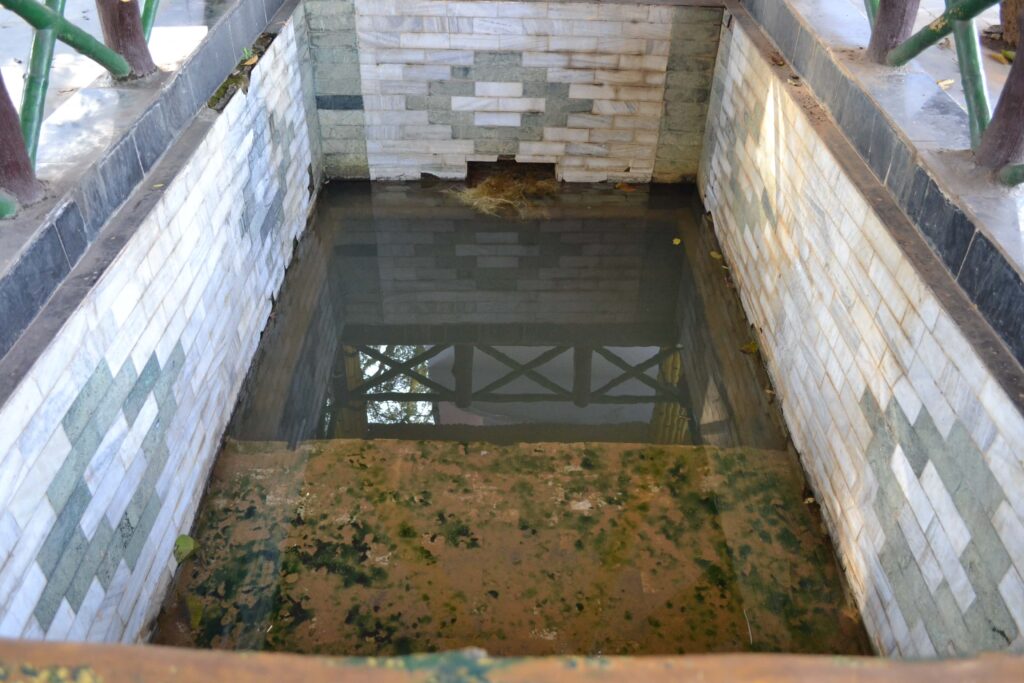
Members of the Vedvyas Trust Board say that the sage used an underground tunnel everyday to reach the other side of the river to worship Lord Shiva. The mouth of the tunnel can still be seen from the Vyasa Gumpha. Soil erosion and years of lack of use has made the tunnel and the cave inaccessible. It is said that Mahabharata was written in this cave.
Dr Umakant Panda, a Professor with the Maharishi Vyasadev National Research Institute (MVNRI) provides some interesting facts about the Rishi. Vyas, as he says is a surname and not a name. There were eighteen Vyasas, who worked on the Mahabharata and it was the last Vyasa, Rishi Ved Vyasa who completed the mammoth task. He also provides another interesting nugget. The word, ‘Ved’ means prachaar or prasar in Sanskrit, which implies propagation. The Rishi had the task of completion and as well as propagation of the epic to the common masses. In accordance with this, every year, a month long prachar starts from Vyasa Purnima (usually in the month of July) and continues till the next Purnima (full moon), i.e, Raksha Bandhan. A team from the Institute sets out with a variety of musical instruments, singing in praise of the Lord and chanting the Gita in every village in the district.
Dr Panda further elaborates on the significance of Rishi Parashar’s union with the daughter of the boatman. A highly accomplished Rishi and a woman of the lowest caste, their culmination in history, marked the birth of Rishi Srestha – Ved Vyasa (superior of all the Rishis) and hence the eginning of a socio-cultural revolution. This chapter upheld the doctrine of Karma and challenged the tenet of determining one’s caste by birth. It is to be noted that the famous Vedvyas temple has no Brahmins serving the presiding deity, but the tribal folk from nearby areas. They perform the daily duties to the Lord.
In Vedvyas, a hexagonal structure, named Saraswati Kund, has been built on the holy, nearly extinct Saraswati River. A tiny rivulet can be seen collecting in the Kund. The water is believed to have magical powers and every household makes it a point to collect some water from this Kund. Everyday numerous marriages are solemnised here; last rites are held at the burning ghat nearby, thread ceremonies are organised at the Vedvyas temple. Thousands of people congregate on the full moon day of Ashad (July-August) to offer their prayers to Sage Vyasa. Also known as Vyasa Purnima, people believe that this is the day the sage completed the Mahabharata.
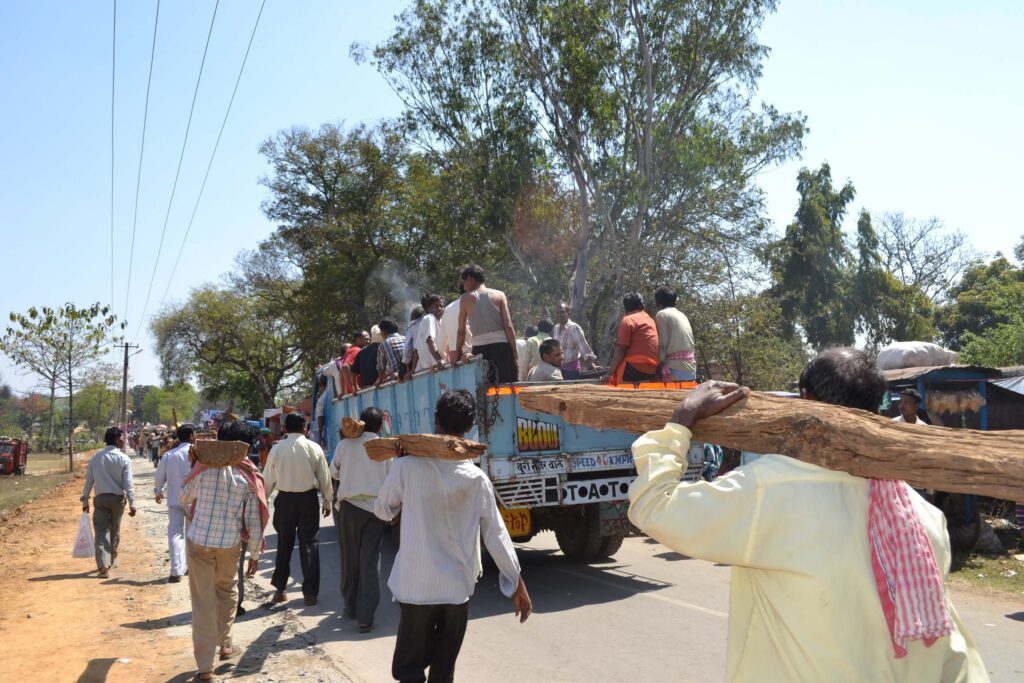
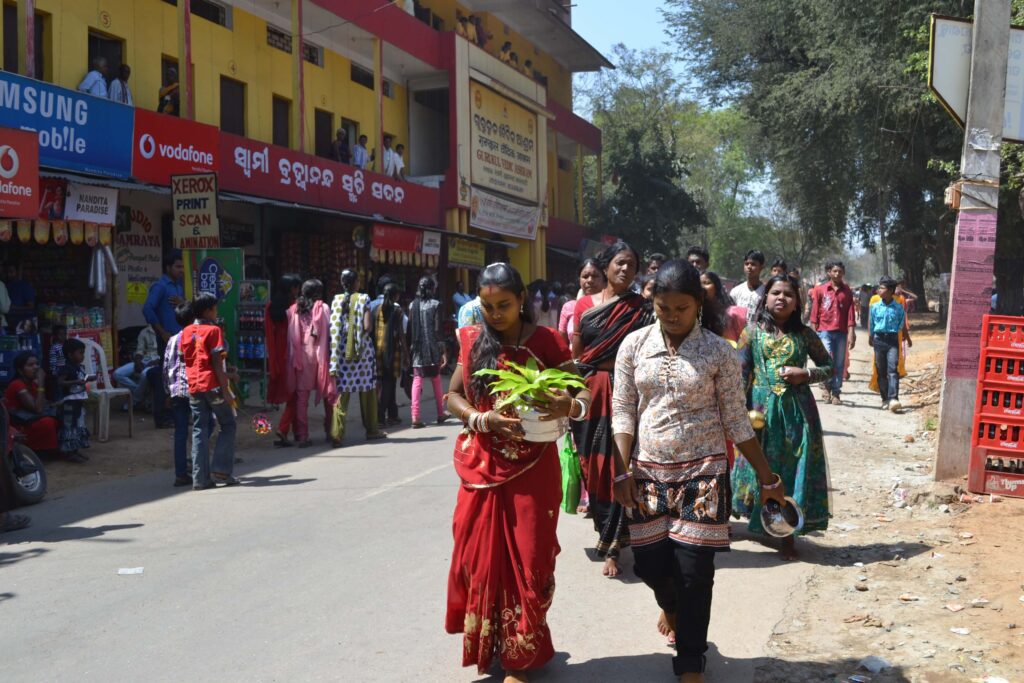
Vedvyas is renowned for the rural fair held during Shivratri. Known as the Vedvyas Mela or Shivratri Mela (March 7, this year), it is famous for the rural handicrafts displayed in the various stalls. Artisans from nearby villages work throughout the year to showcase their skills and products during this fair. Products range from a variety of terracotta products to fishing nets and cookware made from black stone.
Vedvyas is equally famous for the Gurukul Vedic Ashram, founded by Swami Bramhananda Saraswati and an orphanage is situated there. With more than 231 students, the ashram follows the code of saffron and encourages a strict and simple way of life amongst the students.
Managed by the Vedavyas Trust Board, this site is considered a ‘teerth’ or holy place for pilgrimage and has been attracting people from far and wide.
Text and pix by author

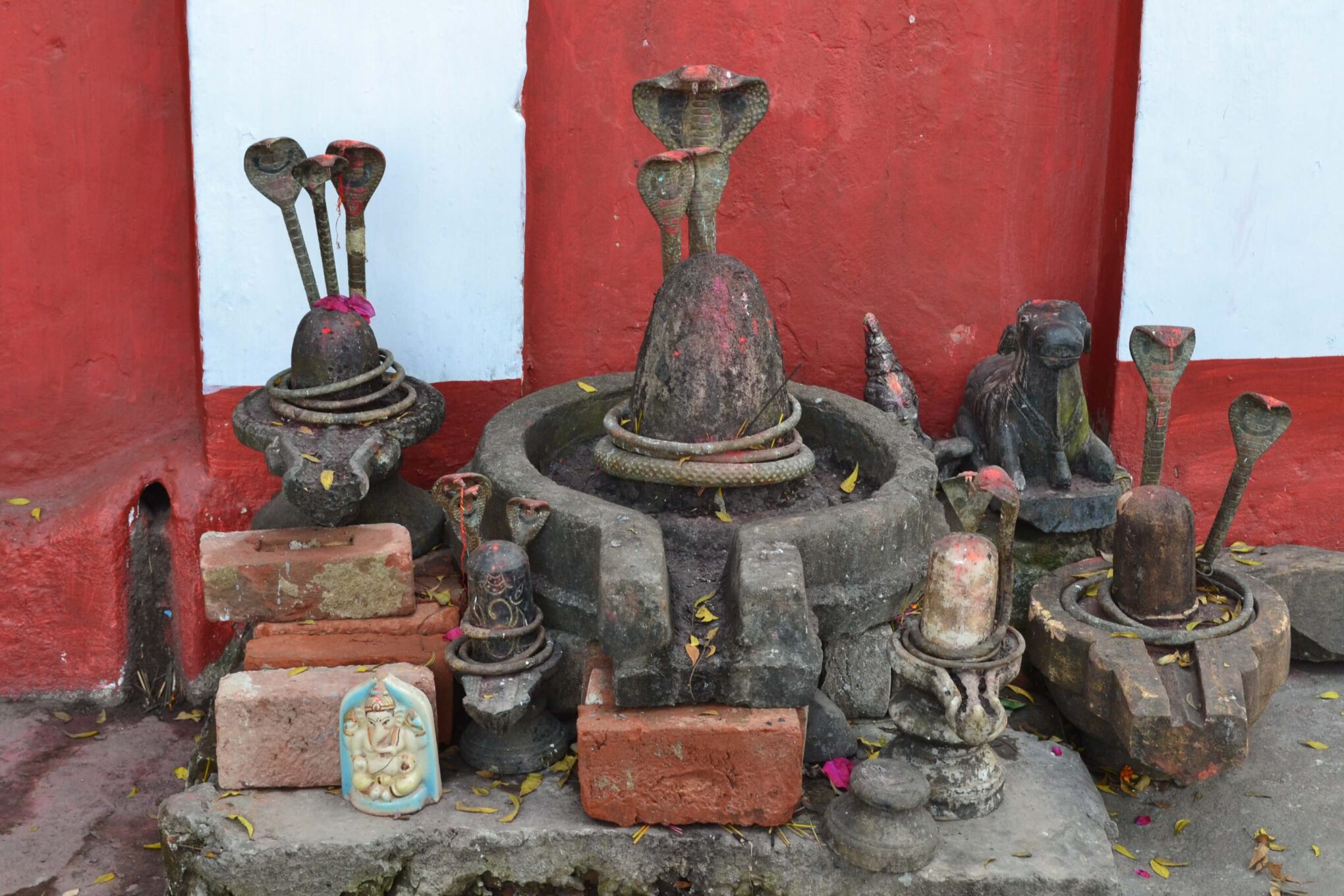


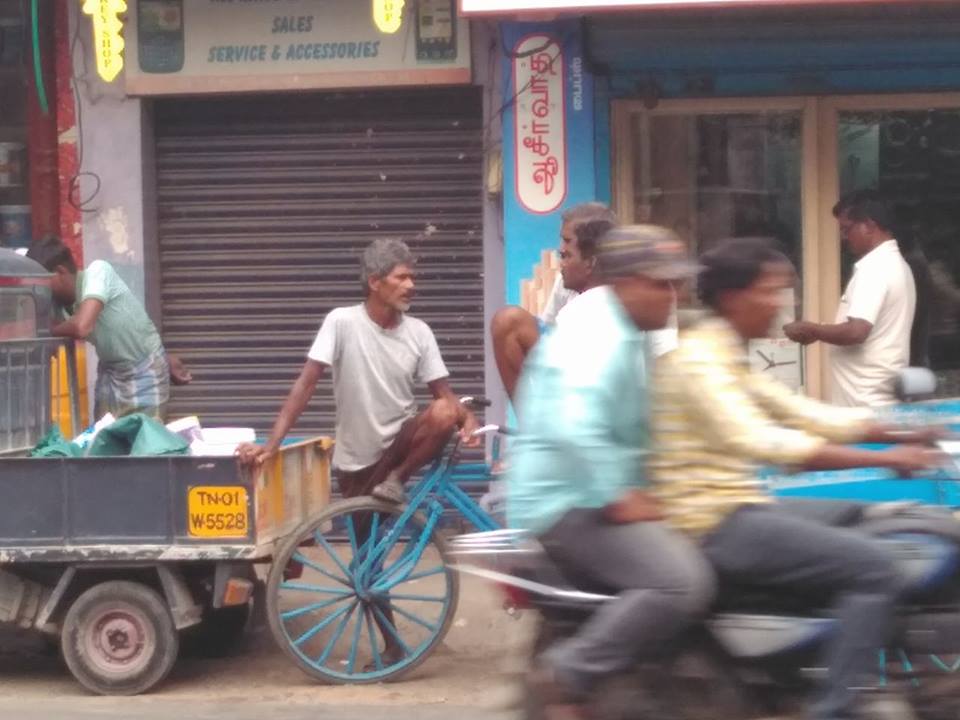
 By
By
Fascinating and informative. Thank you!